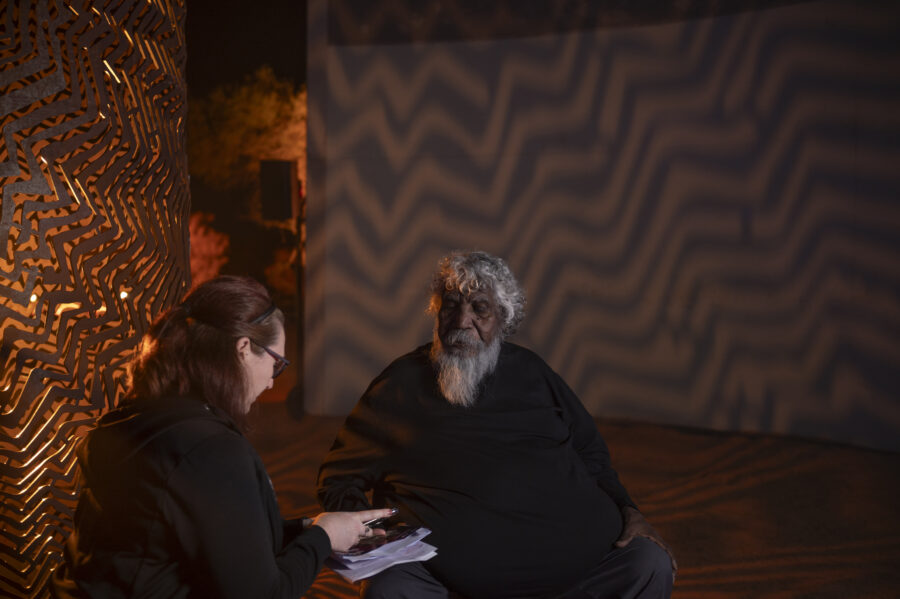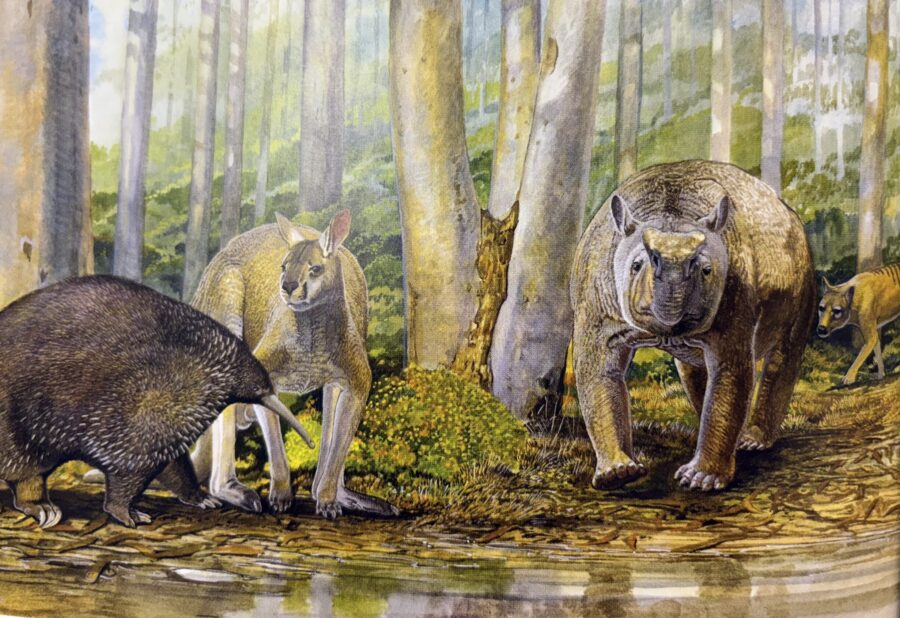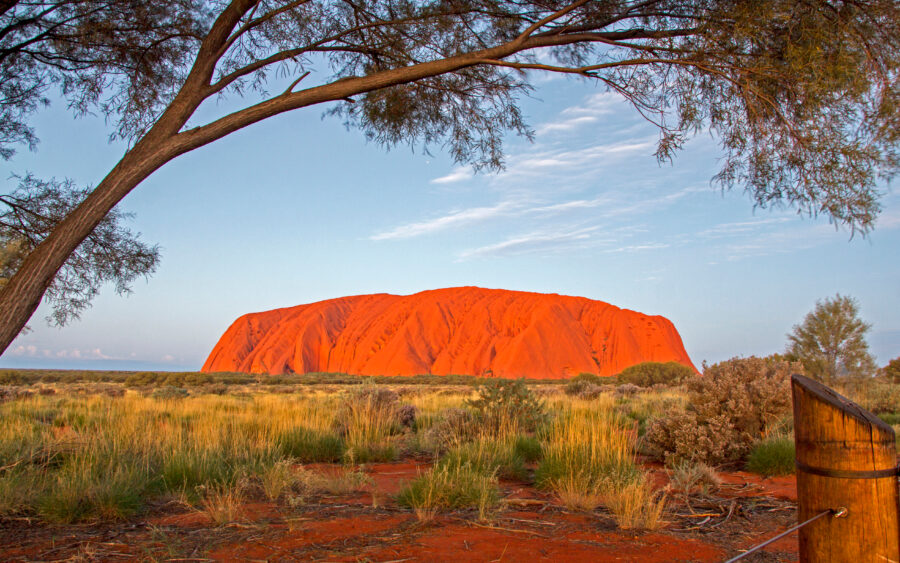South Pole Australian explorer dies
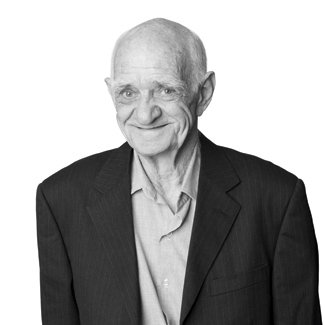
DR PHILIP JON STEPHENSON, the first Australian to reach the South Pole, died of a stroke last week at the age of 80.
Known as Jon, he was described by people that knew him as an energetic adventurer with a thirst for life.
“He was a wonderful, twinkly-eyed and compassionate man with a bright mind,” says Greg Mortimer, OAM, a fellow-explorer who has known Jon for many years and was the first Australian to climb both Mount Everest and K2 without supplementary oxygen.
In 1956, Jon was appointed the only Australian member of the first Commonwealth Trans-Antarctic Expedition (TAE). It was the trip of a lifetime for the 25 year old geologist from Queensland, who would journey with the likes of legendary explorers Sir Vivian Fuchs and Sir Edmund Hillary.
“It really was a unique opportunity; we should be proud of him,” says Greg. “I don’t think he ever realised he would be the first Aussie to get to the Pole. He was there for the adventure and the science.”
Jon Stephenson: life and times
After graduating from the University of Queensland with first class honours in geology, Jon won a scholarship to do a PhD in philosophy at London University. It was while he was in London that he was offered a place in the expedition team. Despite having no polar experience whatsoever, he was employed as geologist, glaciologist and dog sled driver,. In November 1956, just days after finishing his doctoral thesis, he embarked on the journey south.
Jon got to Antarctica ahead of the main party, and together with two other scientists, he spent the winter studying changes in the ice and weather from a ply hut. Throughout the winter they bared -50ºC conditions and 24-hour darkness.
When the days started to get longer, they were joined by the rest of the crossing party, and by two teams of huskies. Jon had never driven dogs before, but it was his job to steer one of the sledges to the pole, marking out a safe route for the rest to follow on tractors. Jon risked his life by going up ahead to lead the way. At one point he fell through a snow bridge and narrowly avoided falling to his death.
British Antarctic explorer ‘Bunny’ Fuchs, who led the expedition, described Jon as “short, strong and indefatigable”.
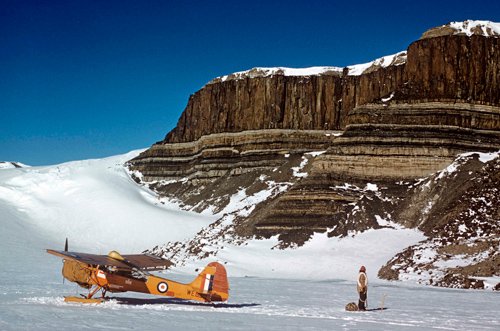
While he was in Antarctica, Jon also surveyed and mapped the previously unexplored Shackleton Range and Theron Mountains by dog sled. In 2009, Jon published his Antarctic exploits in a book, Crevasse Roulette.
After returning from Antarctica, Jon was appointed to a UNESCO mission to carry out geological research in the Himalaya. He led many climbing expeditions, and even came within 500m of the then-unclaimed summit of K12 (7500m).
In 1961, Jon established the geology department at James Cook University, where he worked until his retirement in 1995. Towards the end of his life he kept up his spirit of exploration and geology through his travels.
“He was deeply moved by Antarctica and you could tell every time he spoke about it,” says Greg, who employed Jon to travel back to Antarctica with the tourism company he co-founded, Aurora Expeditions. “He had it in his bones. Even if the rest of his life was lived in more tropical regions” [he was based in Townsville].
In 2009, Jon was awarded the Australian Geographic Lifetime of Adventure Award, an honour which recognises Australians who have not only lived an adventurous life, but have also put something back into Australia and inspired other Australians.
Jon is survived by his wife Jennepher and his three daughters, Frances, Sara and Melissa.
RELATED STORIES
